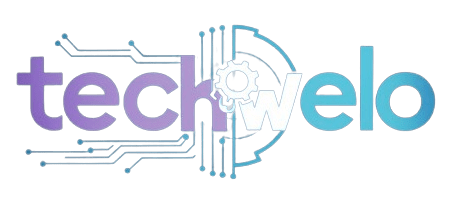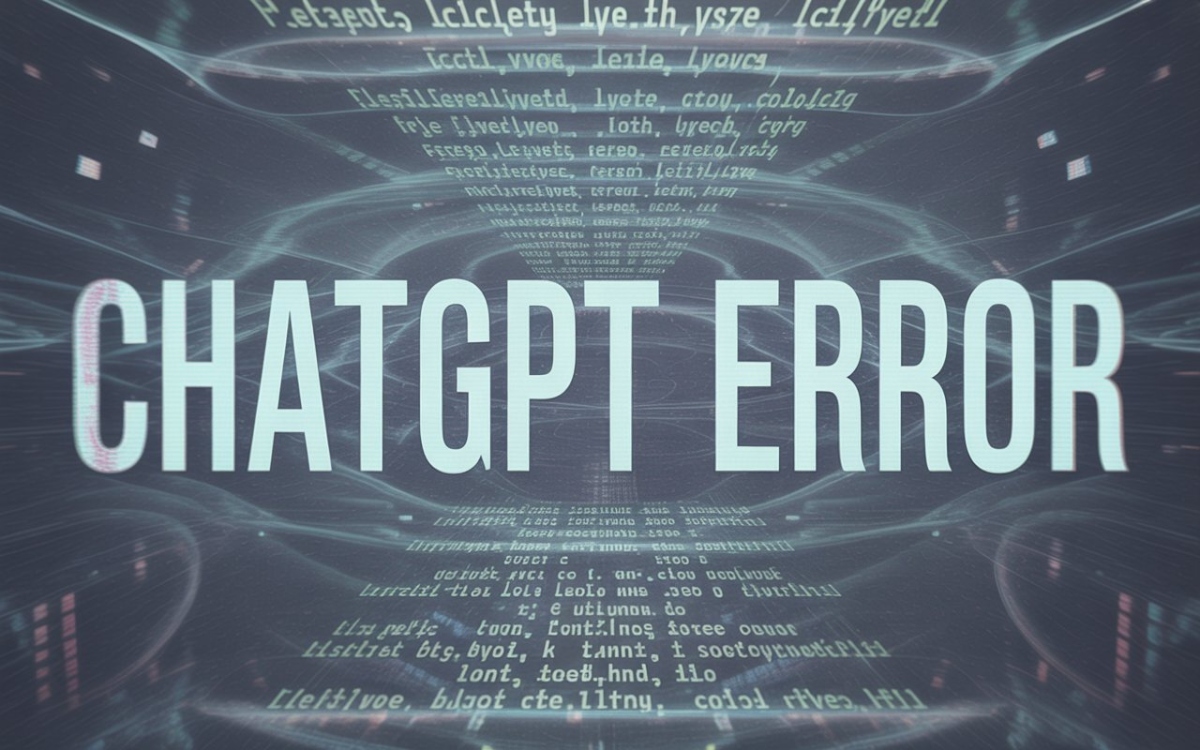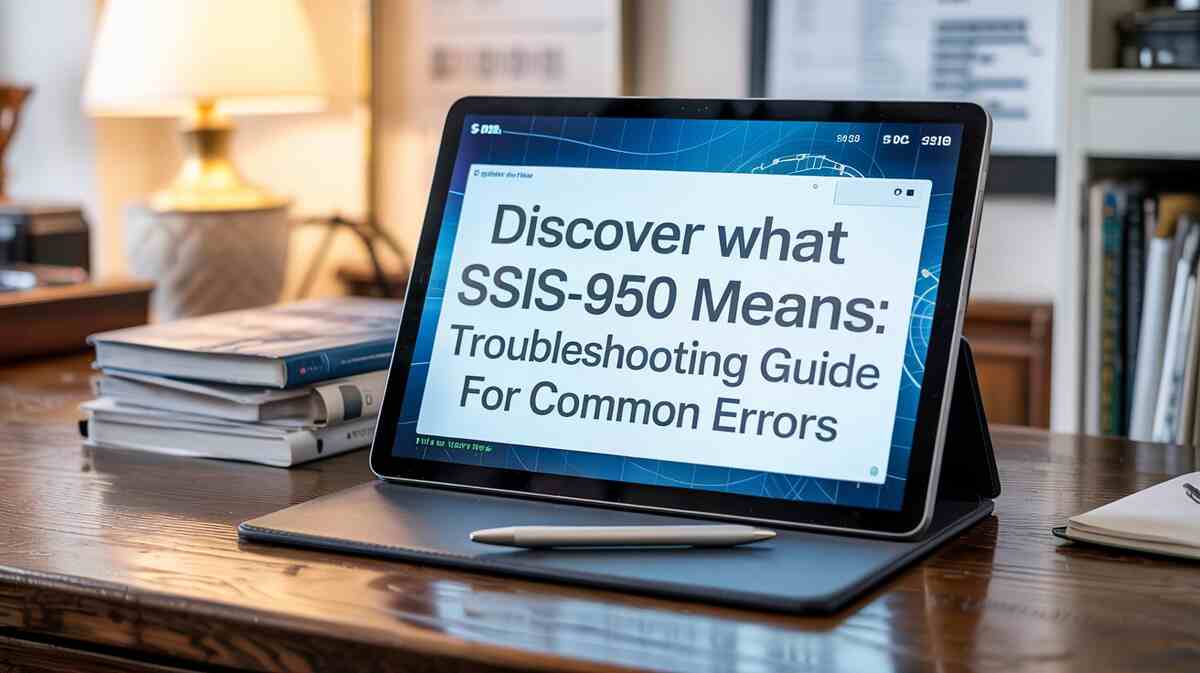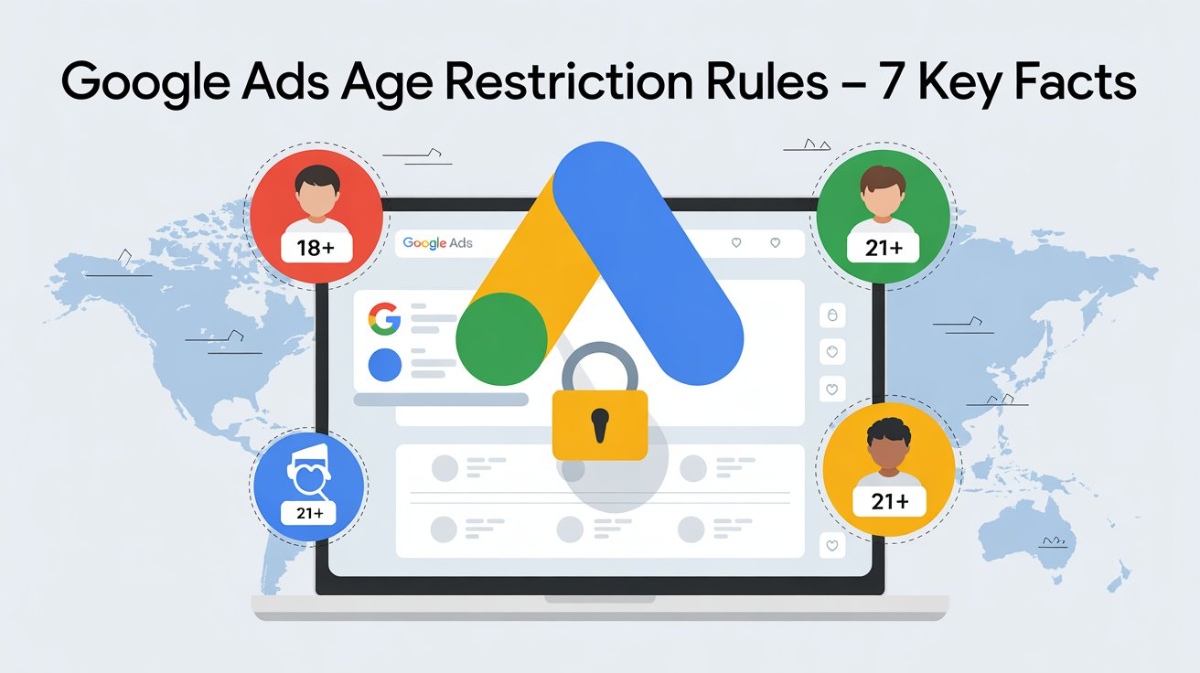In today’s fast-paced digital landscape, businesses rely on various software solutions to streamline operations, enhance productivity, and drive growth. However, managing and optimizing these tools can be complex, especially with an increasing number of software applications. This is where a software audit becomes indispensable. A well-structured software audit ensures compliance with licensing agreements, enhances security, and optimizes performance. This guide will explore what a software audit is, why it is crucial, and how to conduct one effectively while ensuring regulatory compliance and risk assessment.
What is a Software Audit?
A software audit is a detailed evaluation of an organization’s software applications to verify compliance with licensing agreements, security standards, and performance benchmarks. The audit process includes:
- Software asset management (SAM): Reviewing software usage and verifying licenses.
- Security vulnerabilities assessment: Identifying potential risks and outdated applications.
- Performance benchmarking: Ensuring applications run efficiently.
Why is a Software Audit Important?
 Conducting a software audit offers several benefits that directly impact your business operations, security, and financial efficiency.
Conducting a software audit offers several benefits that directly impact your business operations, security, and financial efficiency.
1. License Compliance
Ensuring compliance with software licensing agreements helps avoid legal risks and hefty fines. Companies that fail to track licenses properly can face penalties due to unauthorized software usage.
Example: Microsoft and Adobe have strict audit policies, and non-compliance can result in fines of thousands of dollars.
2. Cost Efficiency
A software audit helps organizations identify unused or underutilized licenses. By reallocating or discontinuing redundant software, companies can reduce costs and optimize their software investment.
Tip: Software asset management (SAM) tools like Flexera or Snow License Manager can automate this process.
3. Security Enhancement
Regular audits uncover security vulnerabilities such as outdated software, missing patches, or unauthorized applications. Addressing these weaknesses protects against cyber threats, data breaches, and compliance violations.
- Regulatory compliance: Ensuring adherence to security standards like GDPR, HIPAA, or ISO/IEC 27001 can prevent data breaches.
4. Performance Optimization
Organizations can identify performance bottlenecks through software optimization, improving system speed and reliability. Analyzing audit trails and performance logs allows IT teams to enhance operational efficiency.
How to Conduct a Software Audit: A Step-by-Step Guide
A software audit may seem daunting, but a structured approach makes it manageable. Follow these steps:
Step 1: Define the Scope
Decide whether the audit will cover a specific department or the entire organization. Clearly defining the scope streamlines the process and ensures thorough coverage.
Step 2: Gather Software Inventory
Create an inventory of all software applications in use. This should include:
- Software name and version
- License information
- Usage statistics
Use software asset management (SAM) tools to automate tracking.
Step 3: Verify Licenses
Compare the number of software licenses purchased with the actual usage. Look for:
- Expired or missing licenses
- Unauthorized software installations
- Overused permits that may require additional purchases
Step 4: Assess Security Risks
Check for security vulnerabilities in each application:
- Identify outdated versions and missing patches
- Ensure compliance with cybersecurity standards
- Implement security updates and mitigations
Step 5: Evaluate Performance
Analyze system performance logs and gather user feedback to determine which applications may be slowing down workflows. Address issues that impact productivity.
Step 6: Document Findings
Create a detailed audit report outlining the following:
- Compliance status
- Security vulnerabilities
- Performance issues
Step 7: Take Action
Based on findings, implement necessary changes such as upgrading, removing, or reallocating software licenses. Ensure proper documentation for future reference.
Step 8: Monitor and Repeat
A software audit should be an ongoing process, not a one-time event. Regular audits help maintain compliance, security, and efficiency.
Consider continuous monitoring solutions to detect issues in real-time.
The Future of Software Audits
As technology advances, software audits are evolving with automation and AI-driven solutions. Key trends to watch include:
1. Automation & AI in Audits
- Robotic Process Automation (RPA): Handles repetitive audit tasks such as data entry.
- AI-driven risk assessment: Uses machine learning to detect compliance gaps and security threats.
2. Blockchain for Audit Trails
Blockchain technology ensures tamper-proof audit trails, enhancing data integrity and security compliance.
3. Cybersecurity-Centric Audits
With growing cyber threats, software audits emphasize vulnerability assessments, penetration testing, and security compliance.
4. Continuous Monitoring Over Periodic Audits
Future audits may transition from scheduled reviews to real-time software monitoring, improving risk mitigation.
Challenges and Considerations
- Upskilling Auditors: IT teams must adapt to AI-powered auditing tools and cybersecurity frameworks.
- Standardization: The industry needs universal audit standards to ensure consistency across organizations.
Conclusion
Incorporating regular software audits into your business strategy is crucial for Maintaining compliance (avoiding fines and legal issues), Enhancing security (protecting against cyber threats), Optimizing performance (ensuring software efficiency), Reducing costs (eliminating unused software and improving investments). By following this guide, you can conduct an effective software audit that safeguards your organization, enhances security, and maximizes the value of your software investments.














